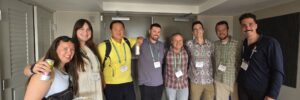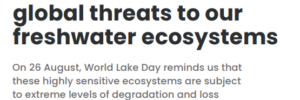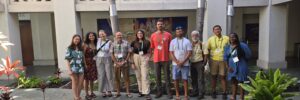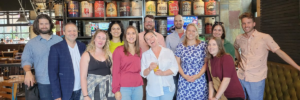Lab member Jacqueline Chapman has been working hard treating, tagging and tracking lower Fraser River coho in a fisheries simulation study aimed to identify how pathogens influence the effects of fisheries interactions on migration rates and success. Fish collected from the Chilliwack hatchery were transported down-river 100km and assigned one of three treatment groups: best practice recreational angling (no air exposure), typical recreational angling (air exposure), or gill-net entanglement. After each treatment, fish were assessed for overall condition, sampled for various tissues used in physiological and pathogen analysis, and tagged with gastrically inserted radio tags prior to release. Fixed receivers line the route back to the hatchery, tracking the progress of fish as they make their way through challenging record water levels due to heavy rainfall.
As fish slowly begin to return to their natal waters, researchers are busy working with hatchery managers to separate tagged fish to collect tissue samples from successful migrants. Jacqueline is interested in how pathogen loads change after exposure to different stressors, and hopes to identify specific genes and microbial community that are associated with decreased catch-and-release survival, migration rate, and in-river mortality.
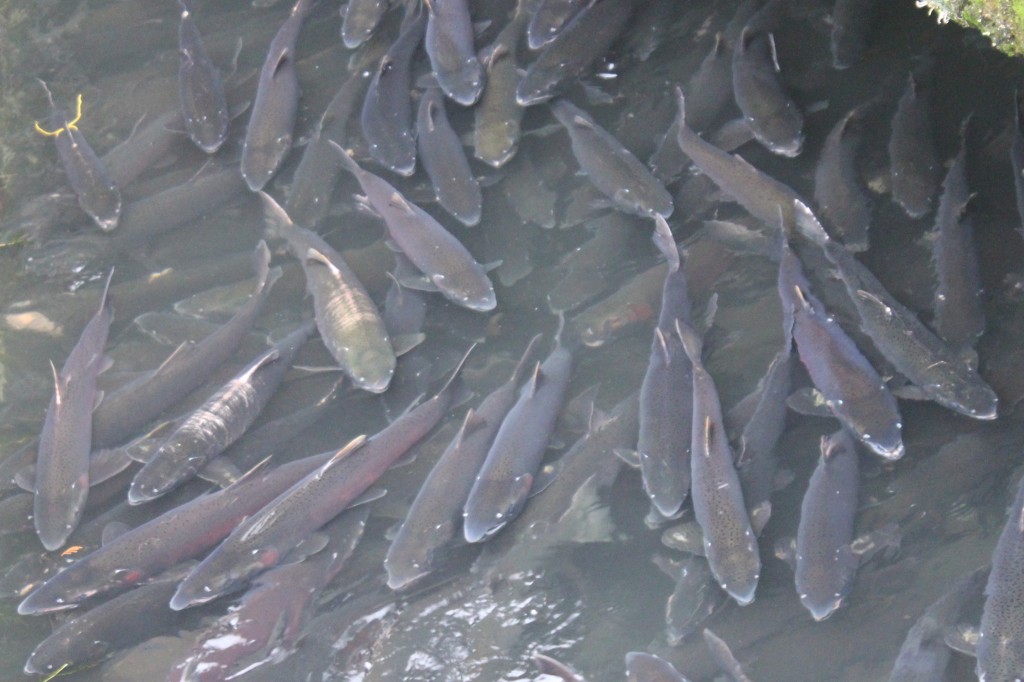
Tagged fish returns to the hatchery alongside hundreds of other coho, some of which display heavy marking from gill-net interactions.
Project image: Researchers Amy Teffer, Carson White and Melissa Dick dip net coho from the Chilliwack hatchery raceway for transport down river.


